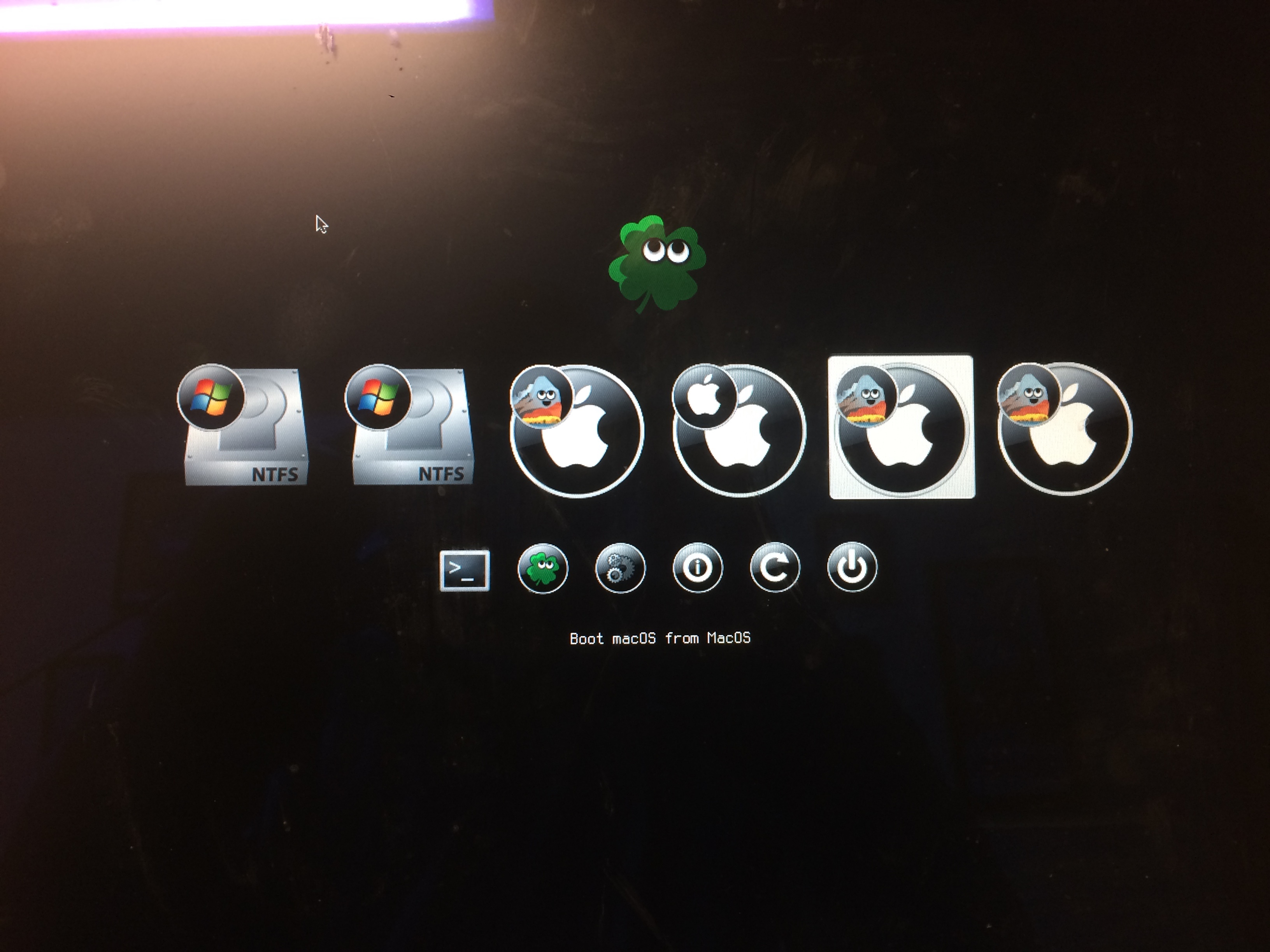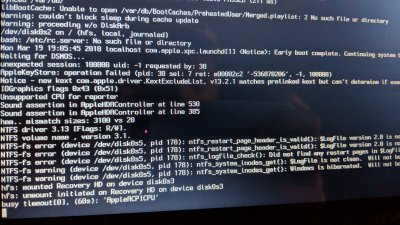- Joined
- Nov 9, 2017
- Messages
- 59
- Motherboard
- Gigabyte Z390 AORUS PRO
- CPU
- i9-9900K
- Graphics
- GTX 1080 Ti
- Mac
- Mobile Phone
Hi,
thanks for your guide !
It helped me building a dual boot windows 10 / macOS 10.13.3
The third post (about EFI) was a bit tricky to figure but I managed to understand with all the comments of people getting stuck a the same point. It's working.
The only problem that I have is that I have 6 boots options (2windows & 4macOS) with clover instead of only 2 (windows & Mac).
Do you have an idea how to remove the unnecessary boot options ?
Also, I wanted to know if it was possible to make macOS start directly by default (meaning that it start directly without posing 5sec on the clover screen) and display the clover boots options only if I press a certain key on my keyboard while booting up the pc ?
thanks for your guide !
It helped me building a dual boot windows 10 / macOS 10.13.3
The third post (about EFI) was a bit tricky to figure but I managed to understand with all the comments of people getting stuck a the same point. It's working.
The only problem that I have is that I have 6 boots options (2windows & 4macOS) with clover instead of only 2 (windows & Mac).
Do you have an idea how to remove the unnecessary boot options ?
Also, I wanted to know if it was possible to make macOS start directly by default (meaning that it start directly without posing 5sec on the clover screen) and display the clover boots options only if I press a certain key on my keyboard while booting up the pc ?


